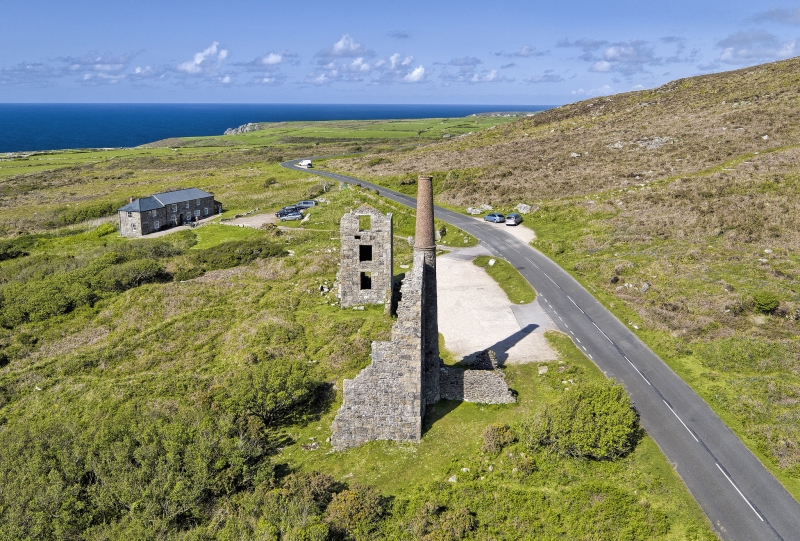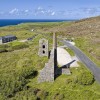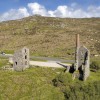Uploader's Comments
These Prominent engine houses beside the B3036 were built during the 1850s, but men were searching for tin here since the Middle Ages, first in streamworks, then in open pits. Not until the 1830's did Carn Galva become productive. From 1837 to 1839 it produced and sold 195 tons of black tin and employed 86 men, 2 women and 28 children! Yet by August 1840 the mine had closed - too late for one unfortunate miner, John Newton, who according to the Penzance Gazette of 20th May, was injured by explosives "and melancholy to relate, blew both his eyes out".
In 1851 the mine reopened, investing in new machinery and had a new workforce of 100 by 1864. Falling tin prices closed the mine again five years later, but in 1871 it reopened again for a brief period. Doomed from the start , fighting a losing battle against flooding shafts, the mine finally gave up the ghost in 1875.
The house in the foreground (this listing) housed the pumping engine and the the other housed a winding engine (also listed). Both are now in the care of the National Trust.
Over to the left and beyond the winding engine can be seen the mine's original Count House. This has been converted into Bosigran Climbing Club and houses equipment used by climbers scaling the near vertical walls of Bosigran Castle a few hundred metres to seaward down in the Porthmoina Valley.
Uploaded by malcolm osman on 14 October 2018




